Categories
- Argentina
- Chile
- Antarctica
- Easter Island
- Falklands (Malvinas)
- Bolivia
- Peru
- Uruguay
- Paraguay
- Brazil
- Venezuela
- Colombia
- Ecuador
- Galapagos
- Panama
- Costa Rica
- Cuba
- Nicaragua
- Honduras
- El Salvador
- Guatemala
- Belize
- Mexico
- Latin American Xmas
Pages
- Street Art of Buenos Aires
- A week in Buenos Aires
- The Jesuit Missions in South America
- Contact Us
- Map of Central America
- First week in Latin America – October 2009
- Home Page
- Map of South America
Archives
- October 2011 (3)
- September 2011 (9)
- August 2011 (10)
- July 2011 (7)
- June 2011 (6)
- May 2011 (11)
- April 2011 (10)
- March 2011 (4)
- February 2011 (5)
- January 2011 (6)
- December 2010 (6)
- November 2010 (4)
- October 2010 (8)
- September 2010 (5)
- August 2010 (7)
- July 2010 (5)
- June 2010 (6)
- May 2010 (6)
- April 2010 (7)
- March 2010 (6)
- February 2010 (9)
- January 2010 (4)
- December 2009 (8)
- November 2009 (5)
- October 2009 (2)
Cartagena de Indias
25th February 2011
The walled old town of Cartagena de Indias [16] on Colombia´s north coast evokes images of its past grandeur as a major Spanish port. Founded in 1533, shipments of gold and emeralds left from the port and settlers and slaves arrived. To protect the city from constant pirate attacks, the fortifications included 11 kilometres of walls up to 12 meters thick and a dozen forts. Castillo de San Felipe de Barajas was the greatest and strongest fortress built by the Spaniards in any of their colonies. Inside the walls, balconies covered in bougainvillea hang over narrow twisting streets filled with brightly painted houses. Cartagena is a beautiful city with a strong African flavour. We spent a week there staying in Casa Villa Colonial in the historic area of Getsemaní.
.
An hour out of Cartagena, Volcán de Lodo El Totumo (mud volcano) rises 20 meters above the ground making a miniature volcano with a thick muddy crater at the top. We went up the ladder on the side of the hill and into the mud, thick as chocolate on a hot day. It was the strangest experience floating (wallowing) in the mud – you cannot stand, but you cannot sink. Afterwards we were washed off in the nearby lake by old women who had no hesitation in ordering “take off the pants”.
.
The plan is to sail off into the sunset on the 26 February with Captain John on the 60 foot yacht The Wild Card so after 17 months it is bye bye South America and hello Central America.
.
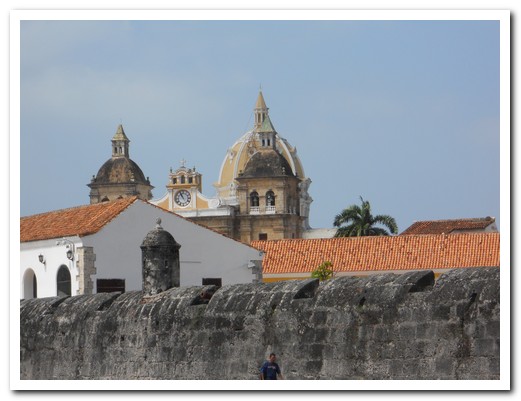
Old Cartagena behind the city walls
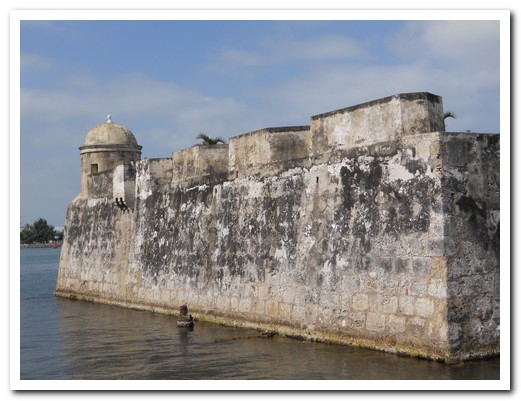
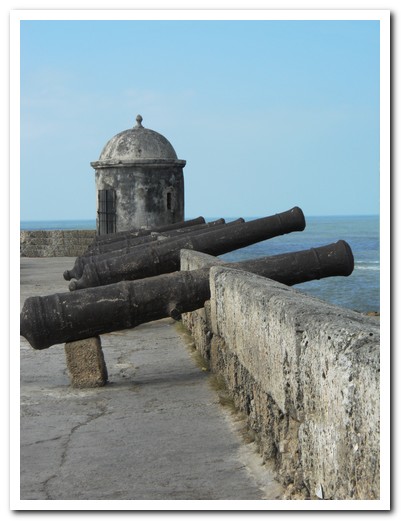
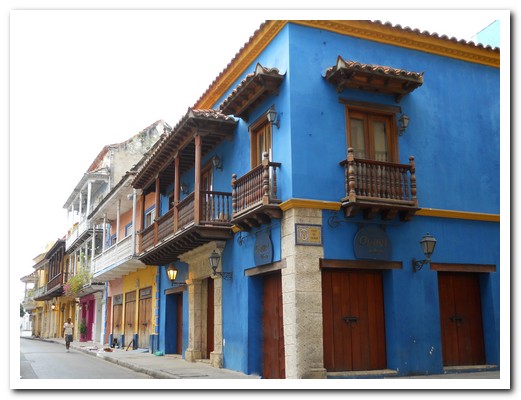
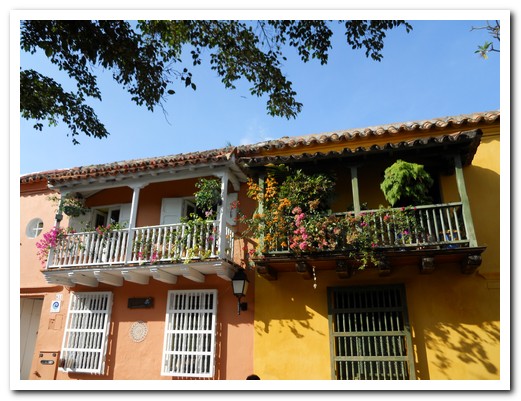
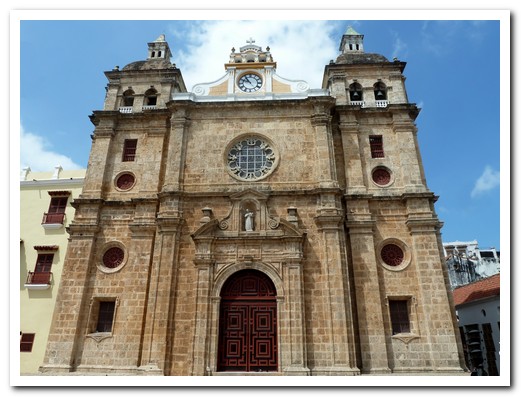

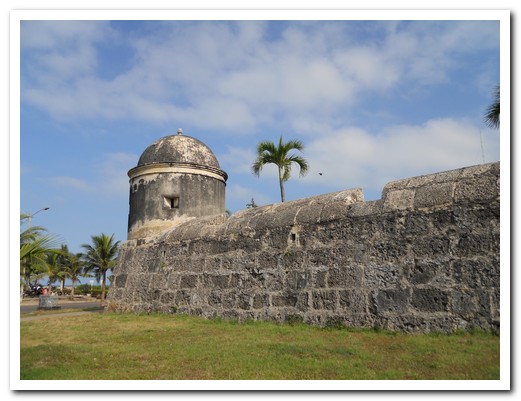
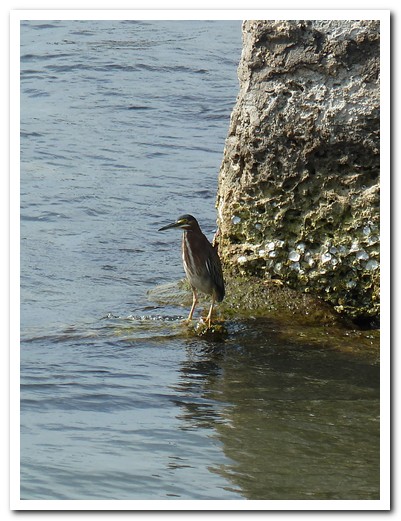
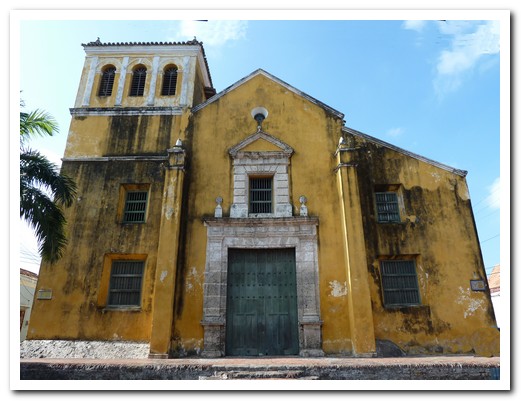

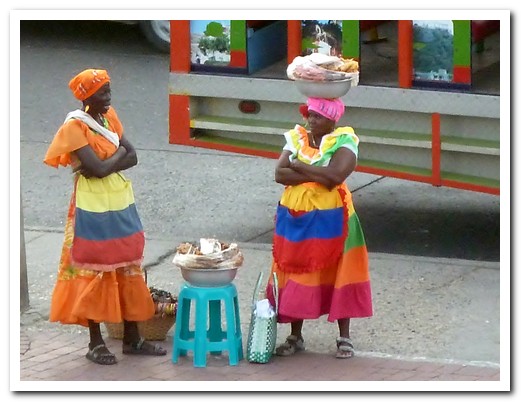
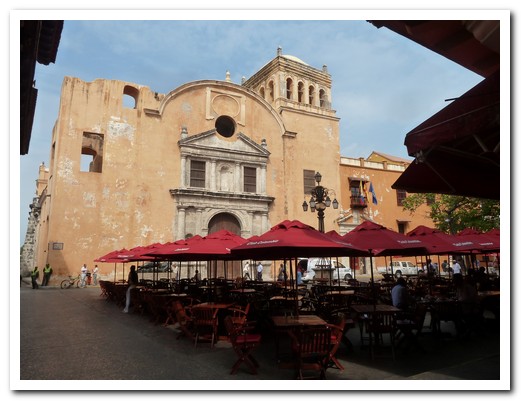
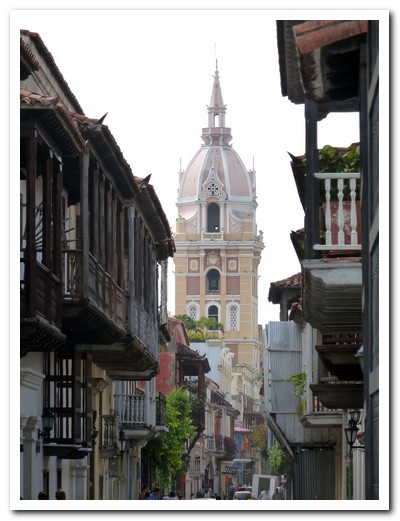
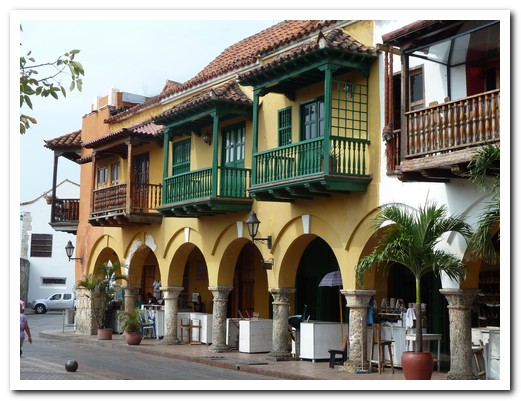
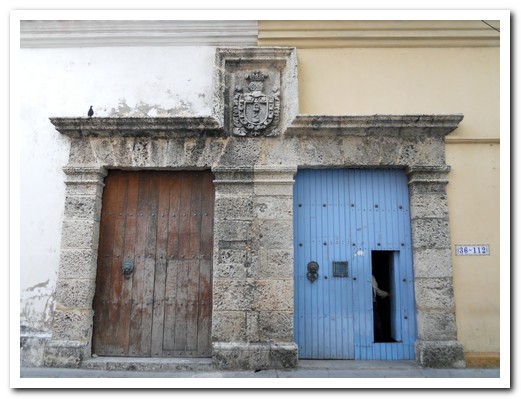
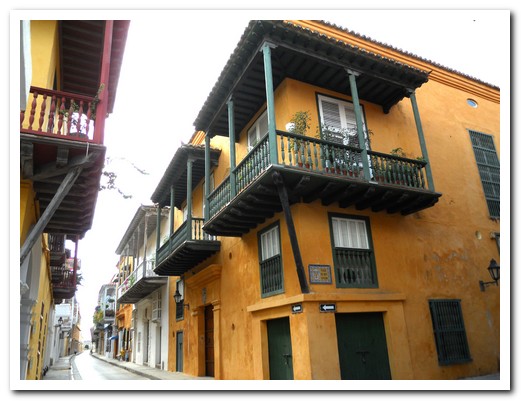
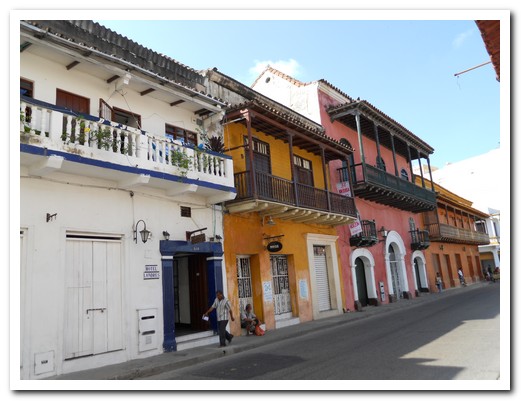
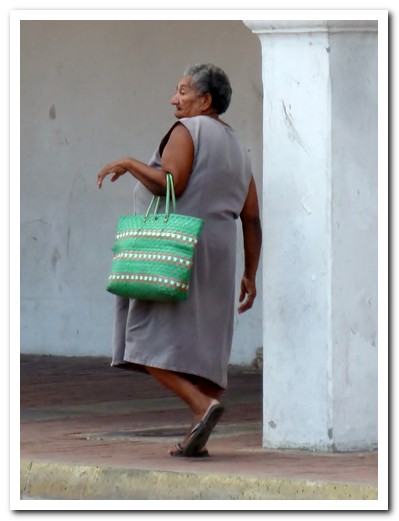
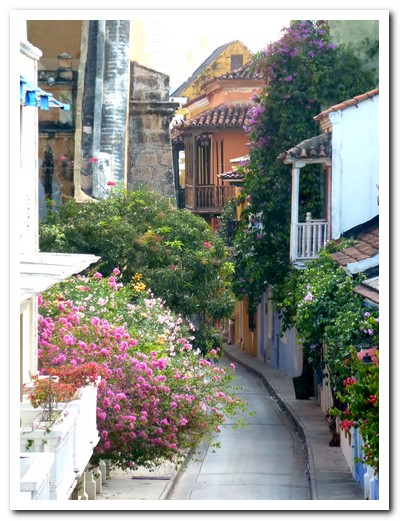
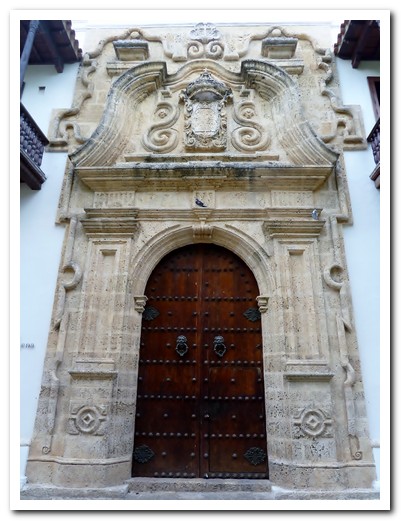
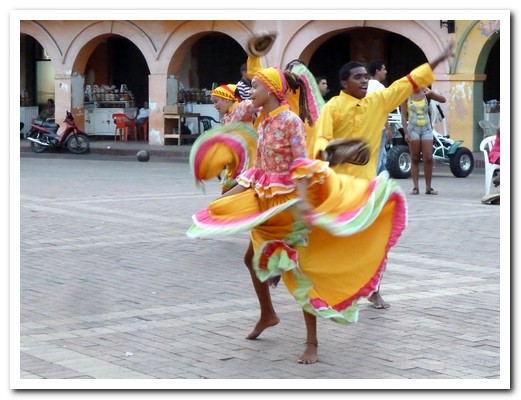
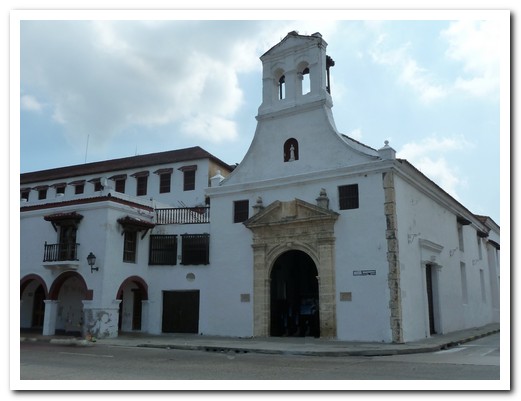
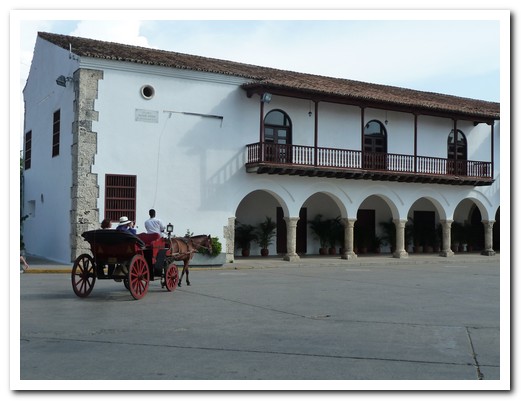
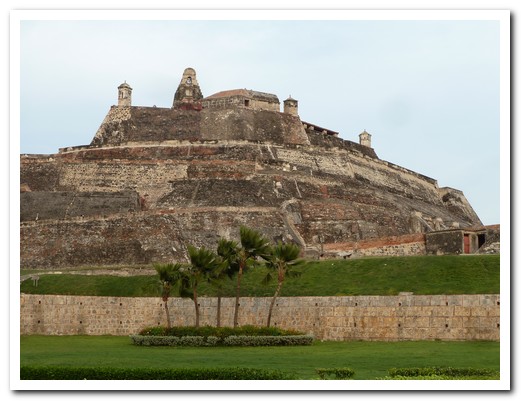
Castillo de San Felipe de Barajas took amost 200 years to build
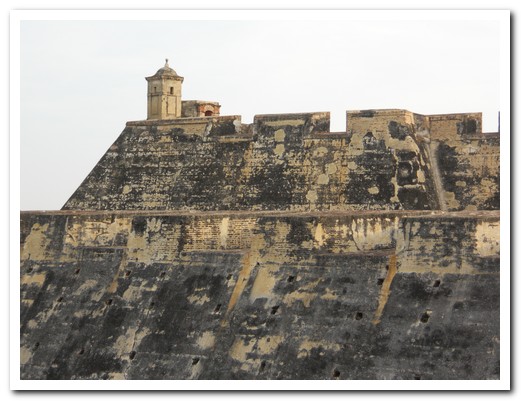
The Castle´s defenses were never breached
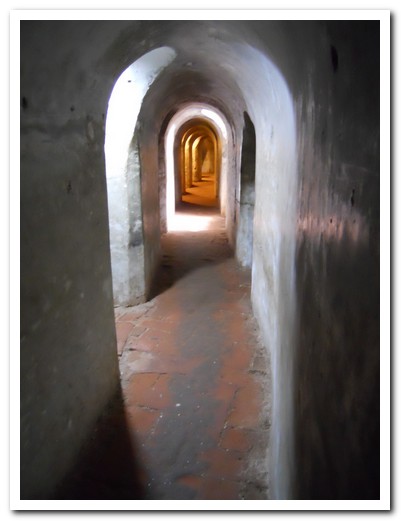
Tunnels under the fort
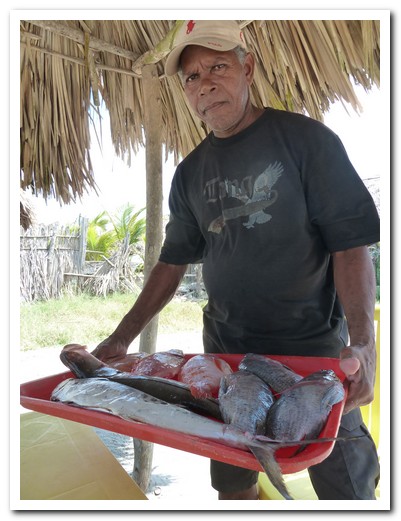
Which fish for lunch?
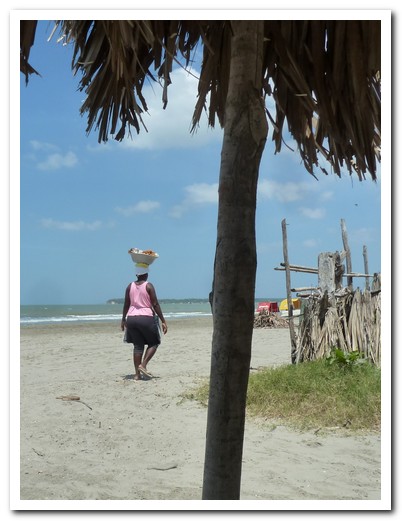
Lady selling stuff on the beach
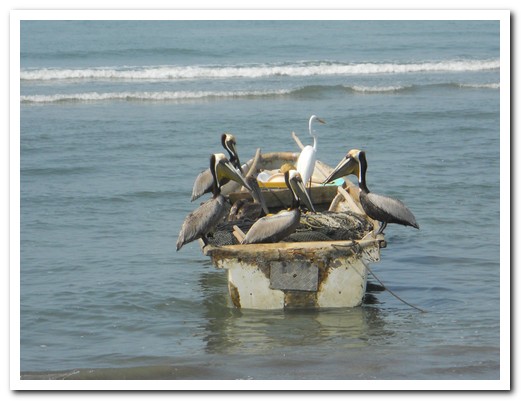
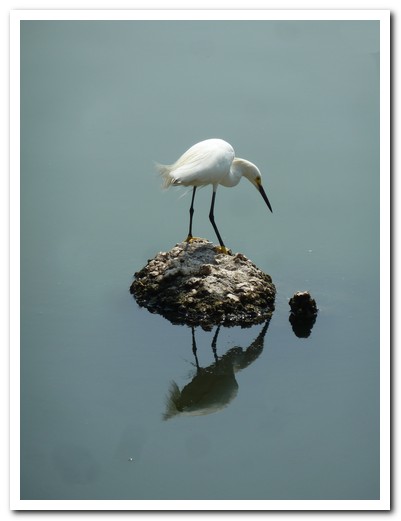
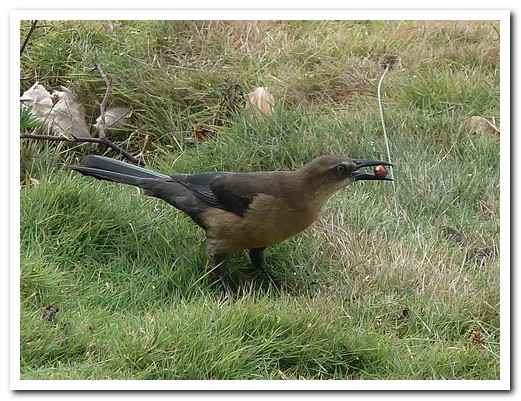
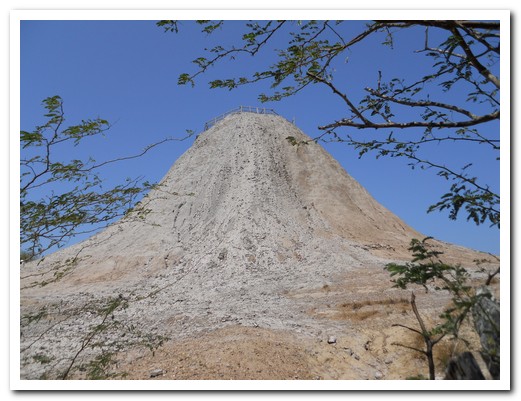
El Totumo mud volcano
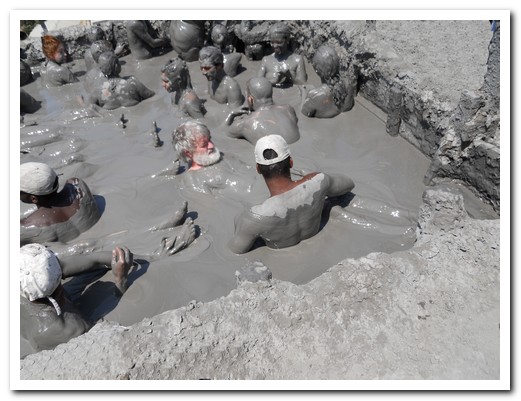
Jeff wallowing in the mud
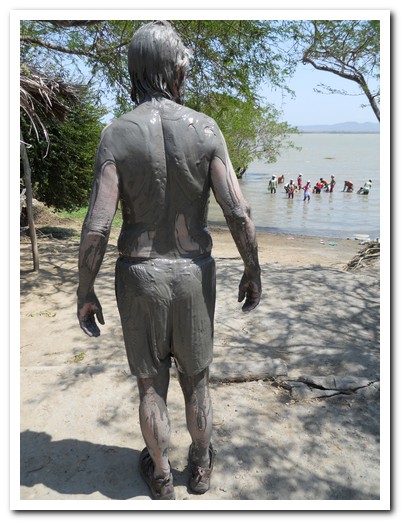
Heading down to the lake to wash off the mud
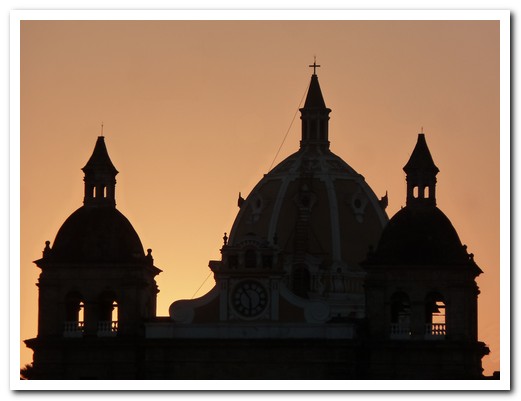
Sailing off into the sunset from Cartagena to Panama ¡Ojalá!